Electricity markets. Natural monopoly model презентация
Содержание
- 2. Overview Special features Stages of electricity production Production function and costs
- 3. Special features Demand fluctuations within the day, across seasons Demand
- 4. Variations in hourly load California system, GW vs. hour
- 5. Special features Not storable (electricity today is not a substitute for
- 6. Special features High costs of shortages Blackouts or brownouts Capacity >=
- 7. Special features Electricity is a secondary source of energy Electricity is
- 8. Special features Electricity consuming capital is long lived (… years) Electricity
- 9. Special features Summary Demand fluctuations (within the day, across seasons) Not
- 10. Production process Generation Transmission Distribution
- 11. Production process Generation Electricity is a secondary energy source Transformation of
- 12. How is electricity generated? http://www.eia.gov/energyexplained/index.cfm?page=electricity_generating
- 13. Supply chain video https://www.youtube.com/watch?v=20Vb6hlLQSg
- 14. Electricity supply chain Generation: transformation of other energy into electric energy
- 15. Minimum efficient scale MES is the level of output that minimizes
- 16. Varian, Intermediate Microeconomics, Ch. 24
- 17. Modelling electricity markets High fixed cost Low variable cost Average cost
- 18. Traditional Monopoly
- 19. Natural Monopoly
- 20. Natural Monopoly profit-max outcome
- 21. Natural Monopoly profit-max outcome
- 22. Natural Monopoly socially efficient outcome
- 23. Natural Monopoly DWL
- 24. Natural Monopoly socially efficient outcome
- 25. Natural Monopoly socially efficient outcome
- 26. Natural Monopoly Policy 1. Public Ownership 2. Private Ownership + regulation
- 27. Natural Monopoly Average cost pricing outcome
- 28. Differentiating peak & off-peak demand
- 29. Peak & offpeak load
- 30. Which prices to charge? How to distribute costs among two consumer
- 31. Peak & offpeak load Should the marginal unit be supplied during
- 32. Peak & offpeak load Should the marginal unit be supplied during
- 33. Smart meters and differentiating peak & off-peak demand
- 34. Peak-load pricing Electricity prices in Astana: 23:00-7:00 => 3.21 KZT/ kWh
- 35. Peak-load pricing Summary Peak-load pricing allows a utility to cover the
- 36. Electricity industry in Kazakhstan
- 37. Industry structure Generation: mostly privately owned Transmission: KEGOC, state-owned Distribution: 15
- 44. Review Special features Stages of electricity production Production function and costs
- 45. Readings Dahl, Ch. 4 Kazenergy pp. 274-275, 290-291, 303-305.
- 46. Скачать презентацию


























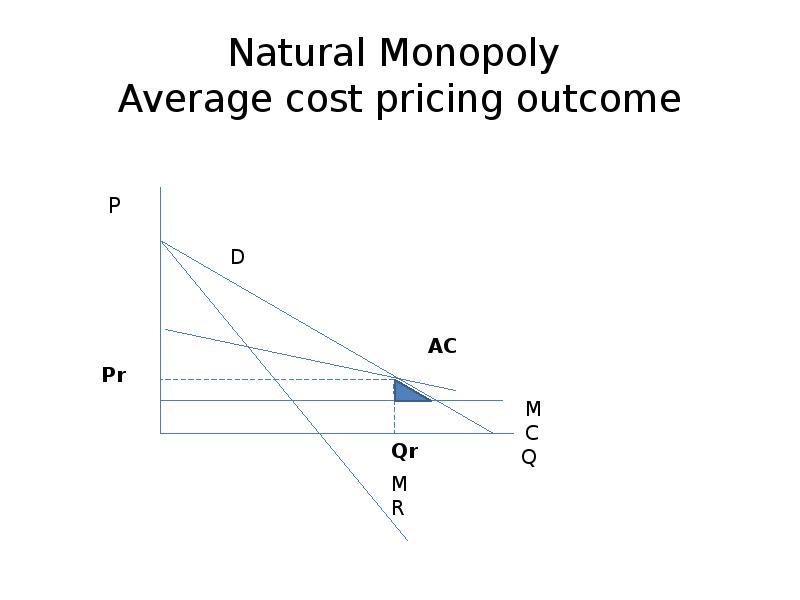
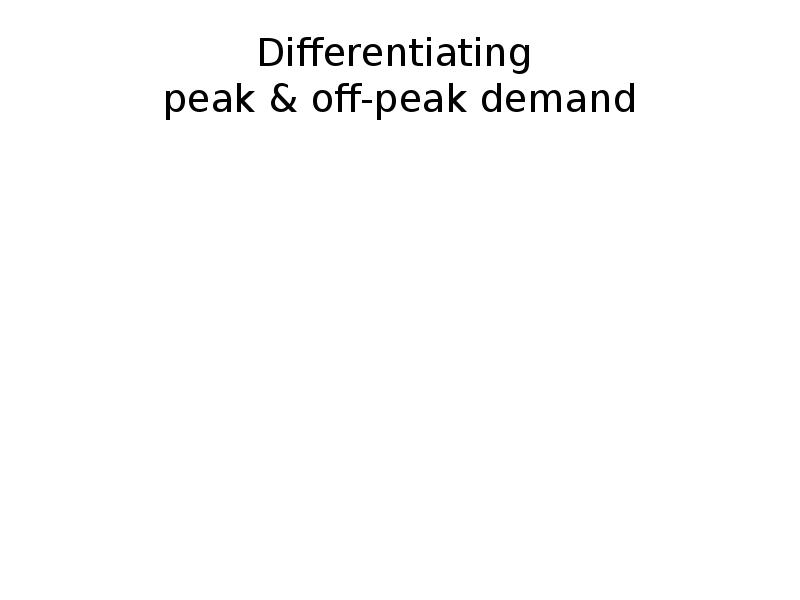
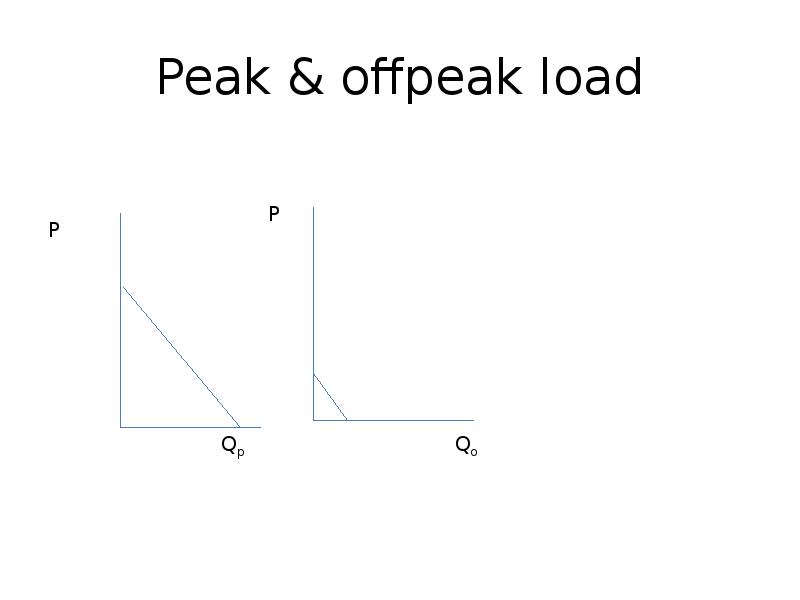

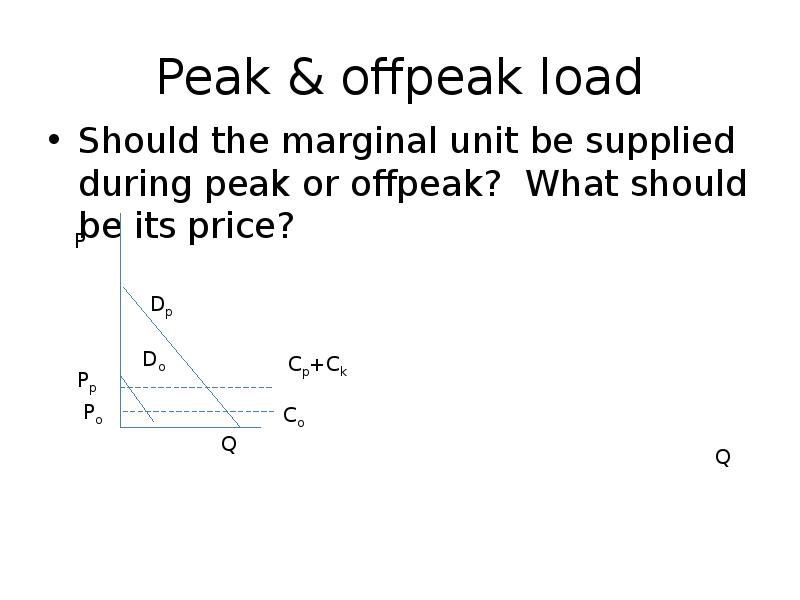

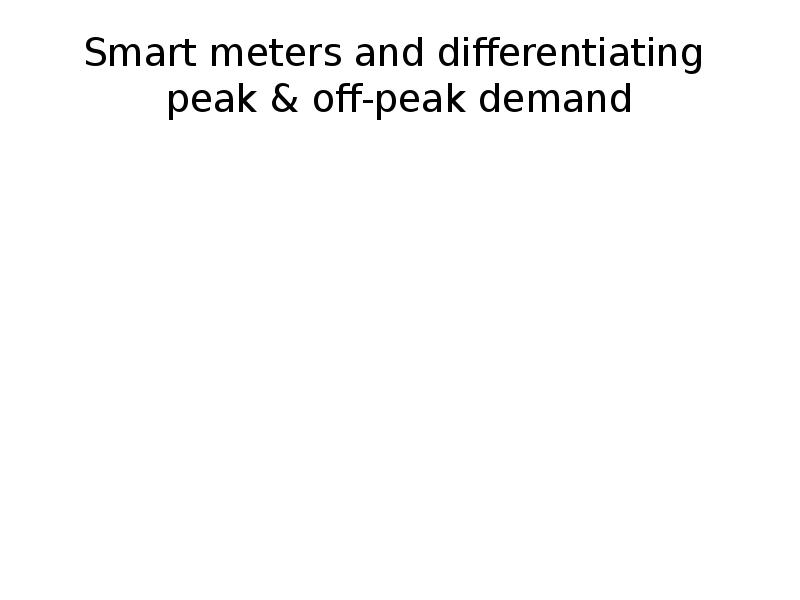
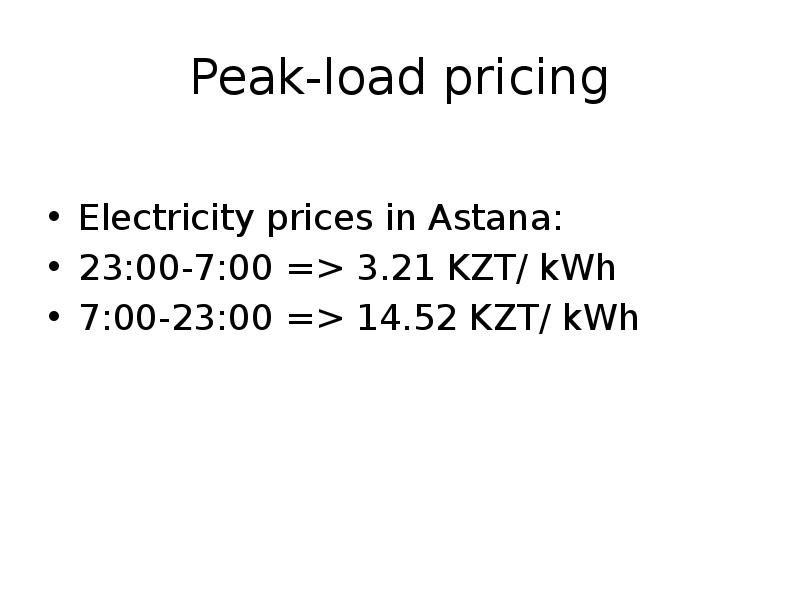
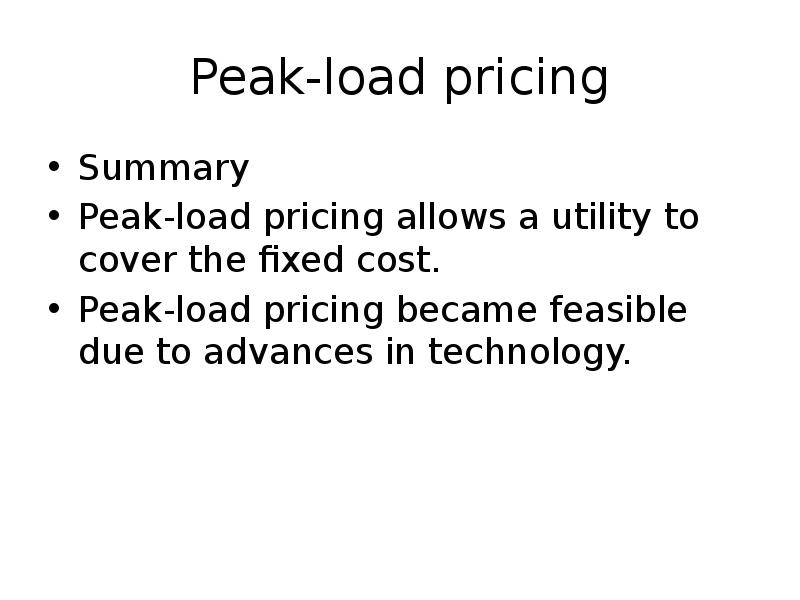
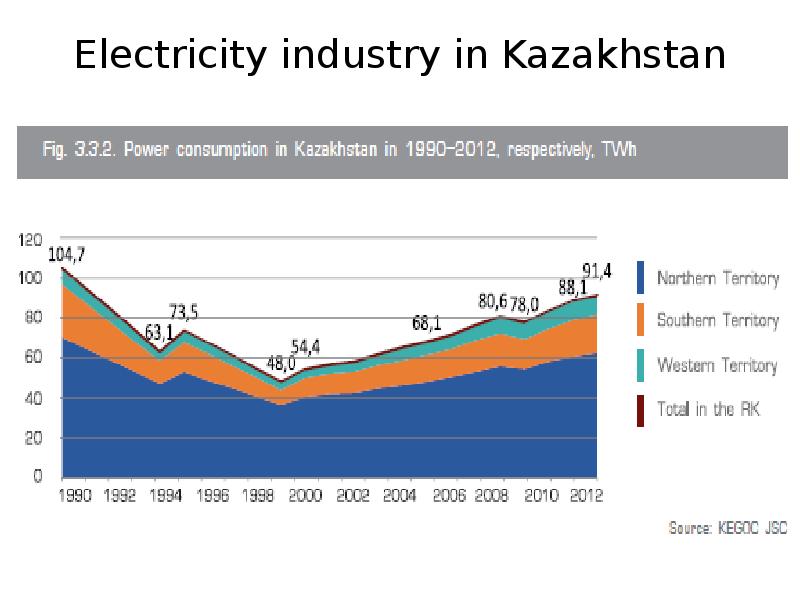
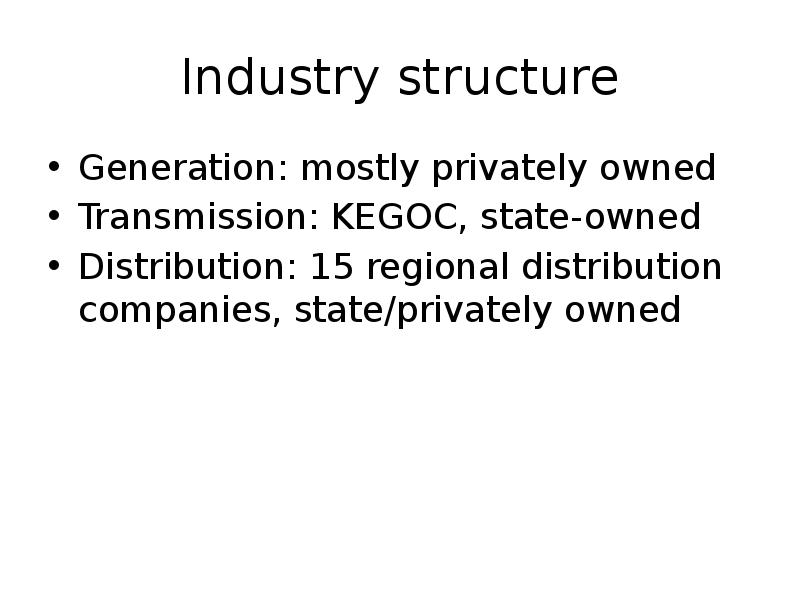
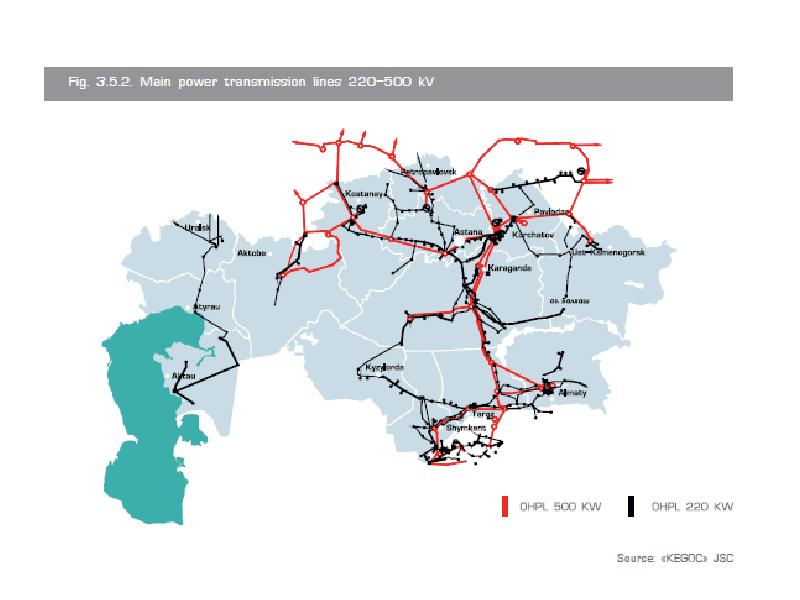
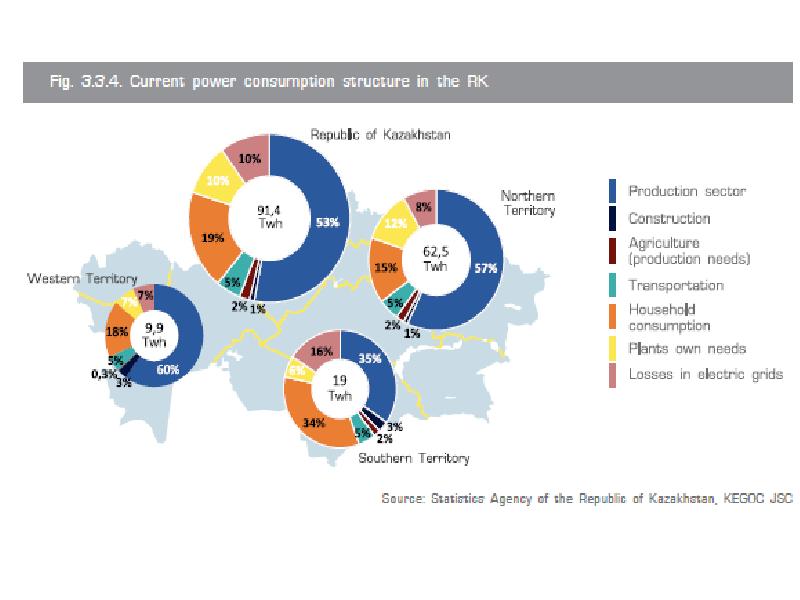
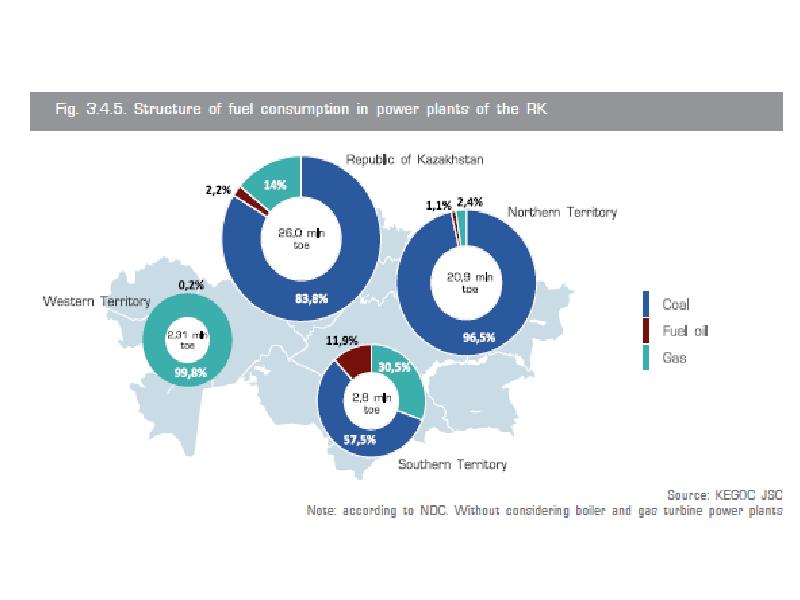
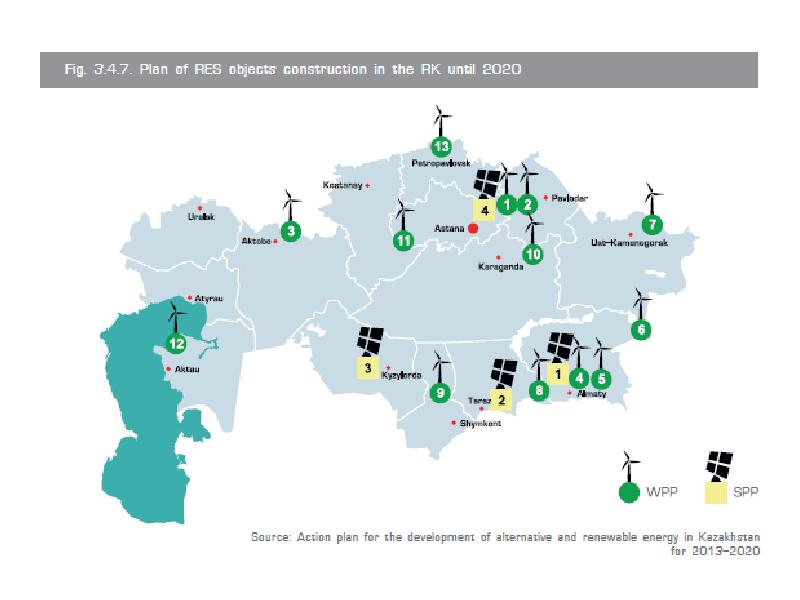
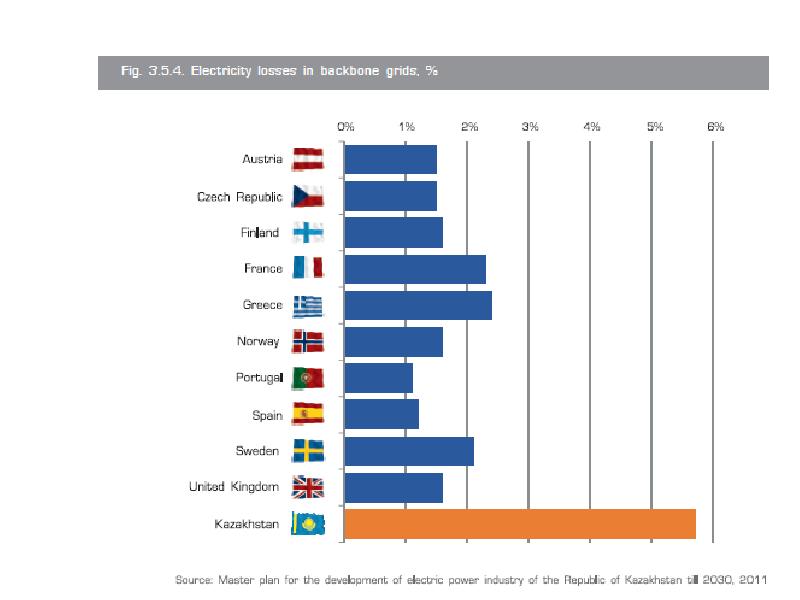
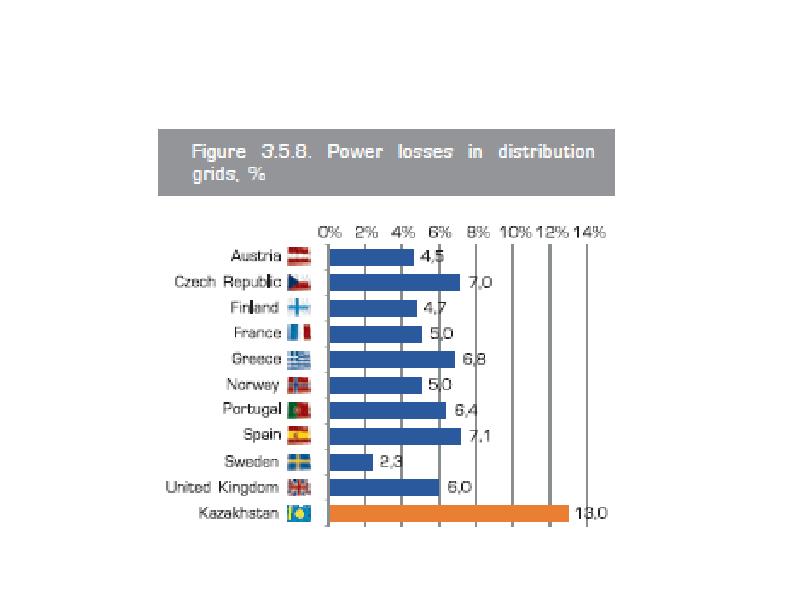
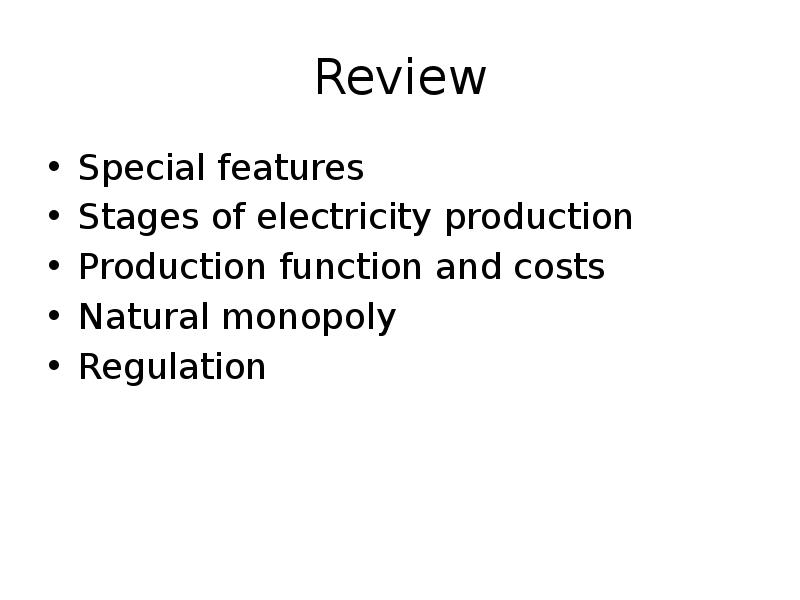
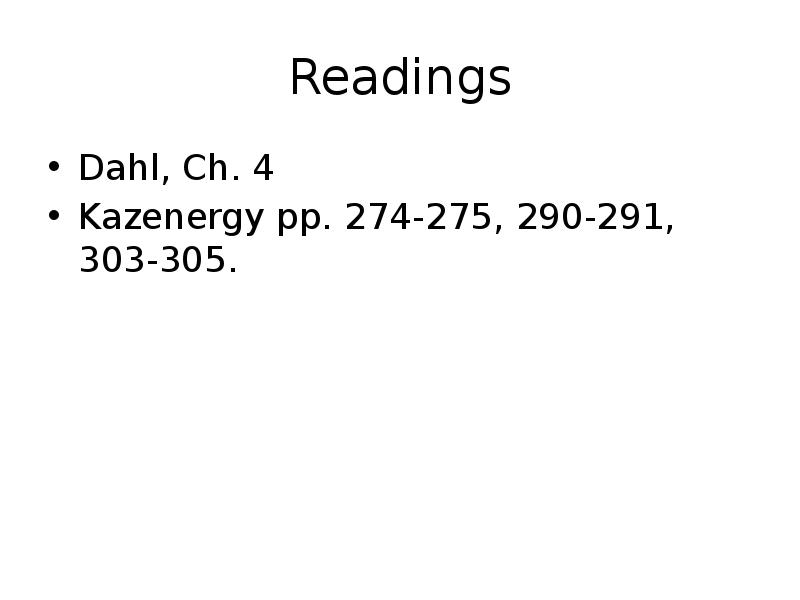
Слайды и текст этой презентации
Скачать презентацию на тему Electricity markets. Natural monopoly model можно ниже:
Похожие презентации





























